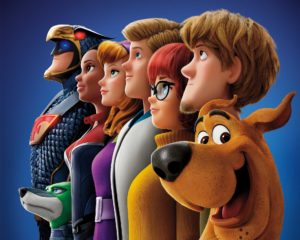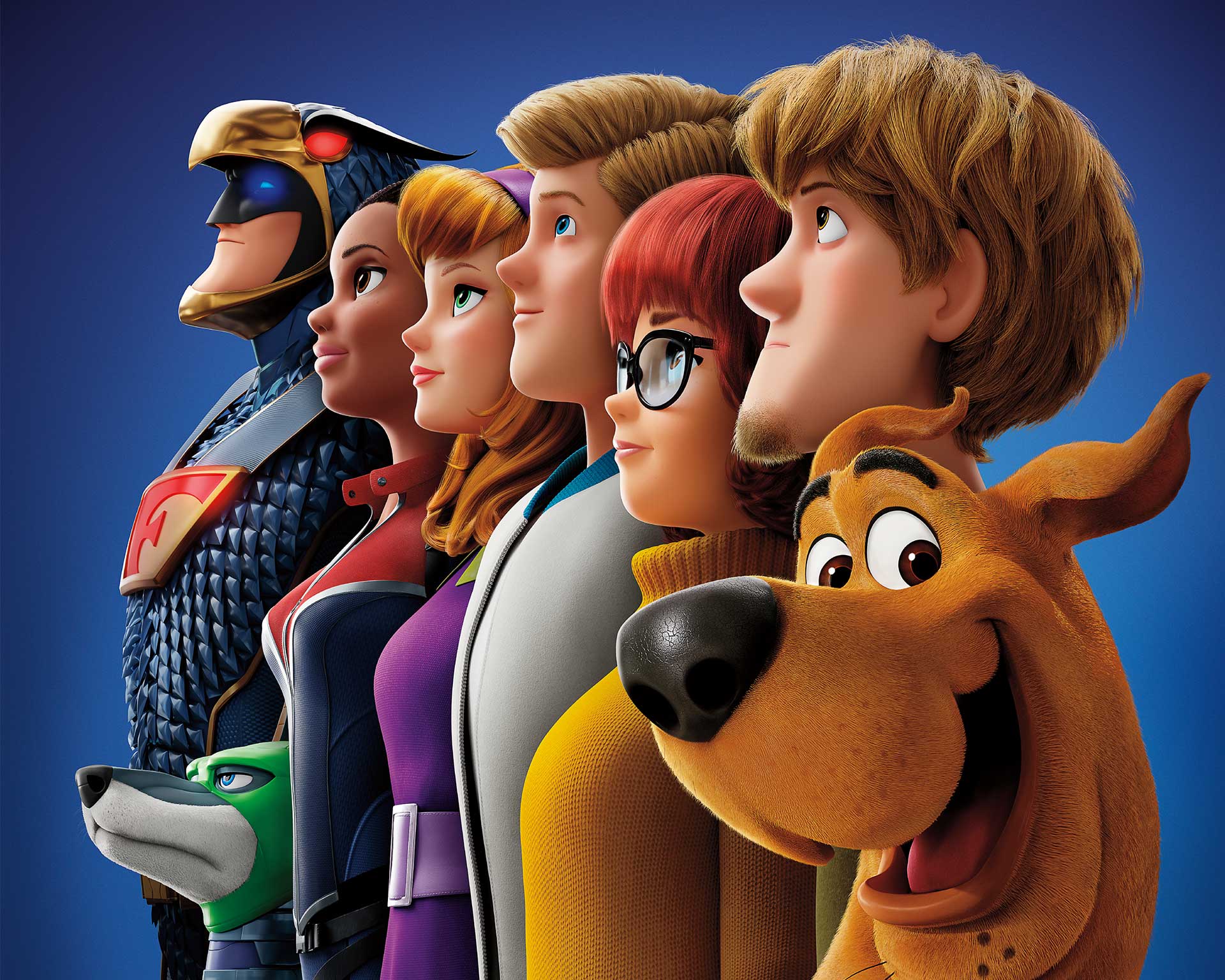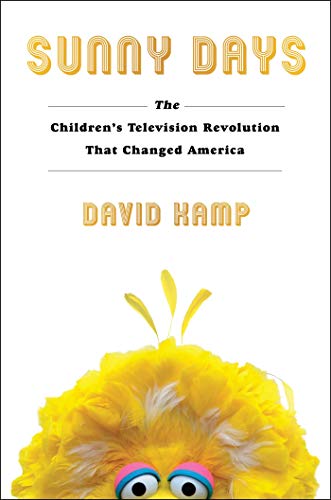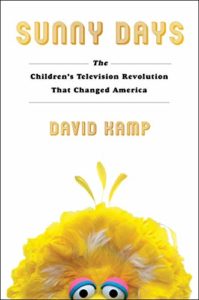Scoob!
Posted on May 15, 2020 at 3:15 am
B-| Lowest Recommended Age: | Kindergarten - 3rd Grade |
| MPAA Rating: | Rated PG for some action, language and rude/suggestive humor |
| Profanity: | Some schoolyard language, brief strong language |
| Alcohol/ Drugs: | None |
| Violence/ Scariness: | Cartoon-style peril and action, some scary monsters, no one hurt |
| Diversity Issues: | Diverse characters and issues of diversity |
| Date Released to Theaters: | May 15, 2020 |

If so, you’re pretty much right. But the gang’s first feature-length animated film sticks to the formula but winks at it a little bit, too. And those who have wondered how the gang first got together will get a chance to see them as kids on the fateful Halloween night when they met and solved their first mystery. You’ll even get to find out Shaggy’s real name.
We first see a lonely young Shaggy, maybe about 10 or 11 years old, walking to the beach and listening to songs about loneliness and a podcast from Ira Glass (as himself) about the importance of friends. The best Shaggy can manage is to start a conversation with two mounds of sand on the beach.
Hiding in one of the mounds with some gyro meat he stole is a puppy who can talk. Soon they are sharing an exotic sandwich that includes gummy bears and tater tots, Shaggy has named him after a packet of Scooby snacks, and they are the best of friends. They go trick or treating together as Shaggy’s favorite superhero, Blue Falcon and his sidekick Dyno-Mutt. When bullies steal his candy and throw it into the local spooky house, three kids come to the rescue: Fred (dressed as a knight), Daphne (Wonder Woman), and brainy Velma as Supreme Court (Justice Ruth Bader Ginsburg). The kids retrieve the candy and solve the mystery of the creepy house. “We’ll go into the haunted house this one time, but we’re not going to make a habit of it,” Shaggy inaccurately predicts. In just a few moment, they’ve solved the mystery and unmasked the culprit, who says, come on, say it with me, “I would have gotten away with it if it wasn’t for those meddling kids.” Cue the theme song.
And cut to present day, when the Mystery Inc. crew (Zac Efron as Fred, Will Forte as Shaggy, Amanda Seyfried as Daphne, and Gina Rodriguez as Velma) is seeking some investment funds to fix up the van and expand their operations. Simon Cowell (as himself) says he can see the value of Fred (muscle), Daphne (people person), and Velma (brains), but like many observers, he notes that Shaggy and Scooby don’t do much but eat sandwiches and get scared. And so, Shaggy and Scooby go off on their own adventure, which includes a new partnership with Blue Falcon (Mark Wahlberg), Dyno-Mutt (a delightfully dry Ken Jeong), and his pilot (the charming Kiersey Clemons of “Hearts Beat Loud” and the live action “Lady and the Tramp”). But this is the son of Blue Falcon, not quite the man his father was. Then there’s Dick Dastedly (Jason Isaacs, Lucious Malfoy in the Harry Potter films), who has all of the essentials for a supervillain, cool technology, an evil guy mustache, and a British accent. He’s after Shaggy and Scooby. Can the rest of the Mystery Inc. crew save them in time?
The CGI animation style is a departure from the traditional Scooby-Do Saturday morning aesthetic. But it is colorful, just the right mix of adventure and comedy, it benefits from top-notch voice talent (Tracy Morgan is a very funny caveman) and it is even witty at times, with some meta-commentary along with the usual silly wisecracks. A character describes Shaggy’s use of “like” all the time as “some middle-aged man’s idea pf how a teenage hippie talks.” There are the classic elements the fans will want like an abandoned amusement park and some un-masking, but also some new ideas, like the struggles of Blue Falcon 2.0 to be the hero his dad was. It is traditional enough to please the fans but contemporary enough to address (I’m not kidding) toxic masculinity and of course some nice reminders about the importance of friendship. And of the fun of movies for the whole family.
Parents should know that this film includes extended action-style peril and violence with some scary monsters. Characters use schoolyard language and make some threats and the movie has some potty and body part humor.
Family discussion: Why did Scooby leave when Shaggy asked him to stay? What kind of hero blames other people for his problems? Was there a time when you were scared or made a mistake but then learned to be braver or do better?
If you like this, try: The many, many other Scooby-Doo stories, especially “Scooby-Doo on Zombie Island” and “Scooby-Doo and the Ghoul School”



